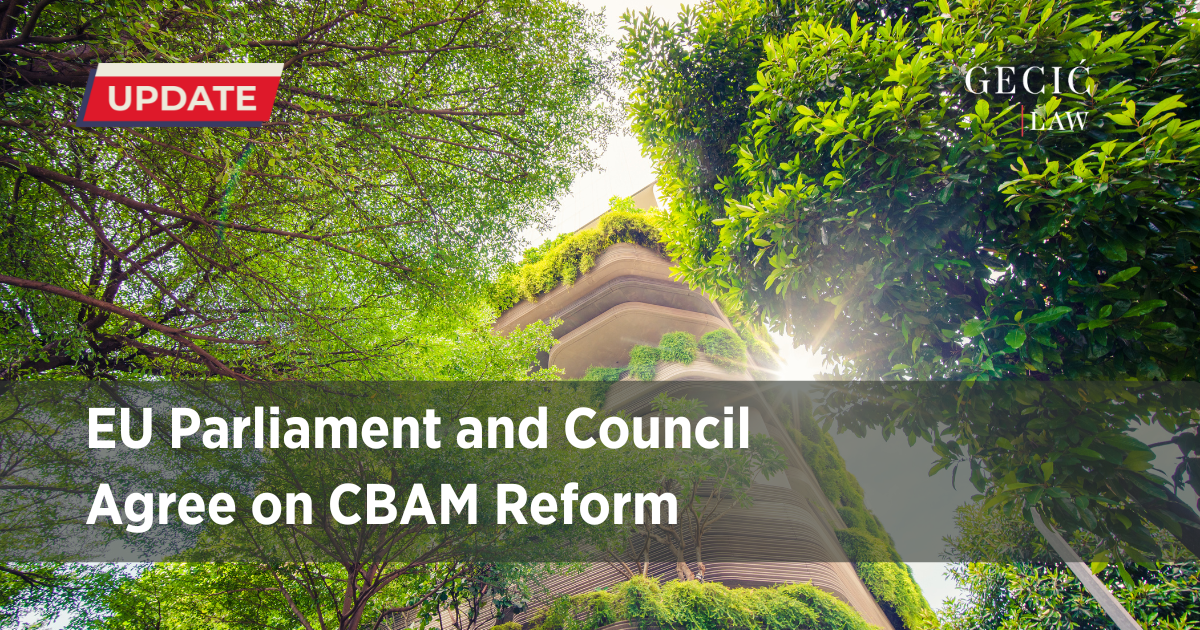

The European Parliament and Council have reached today a provisional agreement to simplify the EU’s Carbon Border Adjustment Mechanism (CBAM). The EU aims to ease administrative burdens while keeping its environmental impact intact. The reform is part of the broader “Omnibus I” legislative package, introduced on 26 February 2025, aimed at making EU laws more business-friendly, especially for small and medium-sized enterprises (SMEs).
This reform further aligns with broader EU goals to boost global competitiveness, as outlined in the Commission’s “Competitiveness Compass”, and to reduce administrative burdens by 25% for all companies and 35% for SMEs.
Central to the agreement is the introduction of a new de minimis threshold, exempting importers who bring in less than 50 tonnes of CBAM-covered goods per year from full compliance obligations. This replaces the prior exemption for goods of “negligible value” and is expected to lift regulatory pressure off 90% of importers, primarily SMEs and individuals with low-volume trade.
Despite this broad exemption, the reform retains the mechanism’s climate ambition. In this sense, 99% of CO₂ emissions from imports of iron, steel, aluminum, cement, fertilizers, electricity, and hydrogen will still fall within CBAM’s scope. Lawmakers also built in safeguards to prevent circumvention, ensuring companies cannot game the system by exploiting loopholes. The revised regulation will also help avoid any disruptions for importers in the beginning of 2026, as they will be able to continue importing CBAM goods while awaiting CBAM registration.
The co-legislators agreed on a range of simplifications for importers above the 50-tonne threshold. These reforms focus on reducing complexity without sacrificing enforcement strength. Key measures include:
Simplified authorization procedures for CBAM declarants
Easier data collection and emissions calculation methods
Clearer verification rules for embedded carbon emissions
Defined financial liabilities for CBAM declarants throughout the import year
Mechanisms for recognizing carbon prices paid in countries of origin
Stronger anti-abuse and anti-circumvention provisions
Operational clarity for the central CBAM platform, including how CBAM certificates will be sold and managed
The co-legislators also agreed on penalties and on the rules regarding indirect customs representatives.
The provisional agreement now awaits formal endorsement by both the European Parliament and the Council, expected by September 2025. Once adopted and published in the Official Journal, the revised CBAM regulation will enter into force within three days. With this step, the EU moves closer to a carbon pricing system at its borders that’s lighter to administer. At the same time, it aims to be no less powerful in its climate mission.
The Commission also confirmed plans for a comprehensive review in early 2026. This may include expanding CBAM to other ETS sectors and introducing measures to support EU exporters at risk of carbon leakage.
Click the link to access a PDF document which includes all recitals and articles as negotiated in the provisional deal.